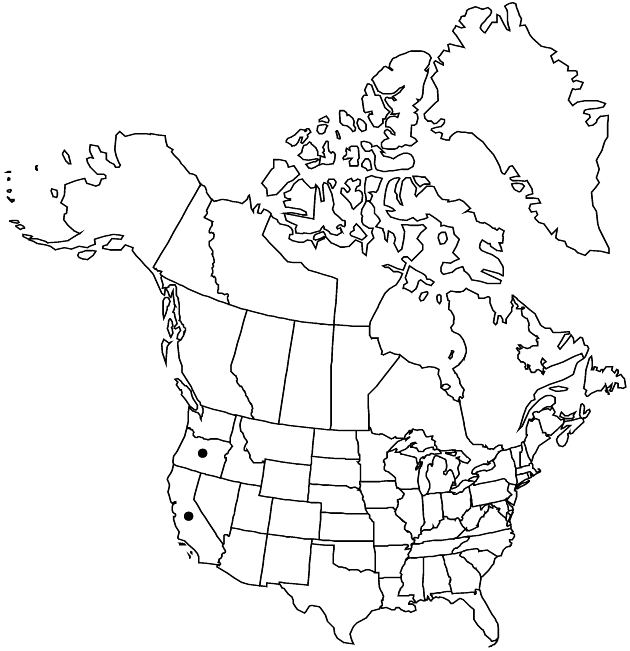Difference between revisions of "Eriophyllum staechadifolium"
Gen. Sp. Pl., 28. 1816.
FNA>Volume Importer |
imported>Volume Importer |
||
| Line 8: | Line 8: | ||
}} | }} | ||
|common_names=Seaside woolly sunflower;lizard tail | |common_names=Seaside woolly sunflower;lizard tail | ||
| + | |special_status={{Treatment/ID/Special_status | ||
| + | |code=F | ||
| + | |label=Illustrated | ||
| + | }}{{Treatment/ID/Special_status | ||
| + | |code=E | ||
| + | |label=Endemic | ||
| + | }} | ||
|basionyms= | |basionyms= | ||
|synonyms={{Treatment/ID/Synonym | |synonyms={{Treatment/ID/Synonym | ||
| Line 54: | Line 61: | ||
|publication title=Gen. Sp. Pl., | |publication title=Gen. Sp. Pl., | ||
|publication year=1816 | |publication year=1816 | ||
| − | |special status= | + | |special status=Illustrated;Endemic |
| − | |source xml=https:// | + | |source xml=https://bibilujan@bitbucket.org/aafc-mbb/fna-data-curation.git/src/bb6b7e3a7de7d3b7888a1ad48c7fd8f5c722d8d6/coarse_grained_fna_xml/V19-20-21/V21_911.xml |
|tribe=Asteraceae tribe Heliantheae | |tribe=Asteraceae tribe Heliantheae | ||
|subtribe=Asteraceae (tribe Heliantheae) subtribe Baeriinae | |subtribe=Asteraceae (tribe Heliantheae) subtribe Baeriinae | ||
Revision as of 21:03, 27 May 2020
Subshrubs, 30–150 cm. Stems ± erect. Leaves (proximal usually alternate, sometimes opposite): blades linear, lanceolate, or ovate, 3–7 cm, usually 1–2-pinnately lobed, ultimate margins entire or toothed, revolute, abaxial faces white-woolly, adaxial glabrate (distal leaves usually similar). Heads 40–80+ per array. Peduncles mostly 0–1(–1.5) cm. Involucres campanulate, 2–3+ mm diam. Phyllaries 8–11, distinct (oblong, carinate, apices obtuse or acute). Ray florets 0 or 6–9; laminae yellow, 3–5 (× 2–3) mm. Disc florets 30–40; corollas 4 mm. Cypselae 3–4 mm; pappi of 8–12 oblong or oblanceolate scales ca. 1 mm. 2n = 30.
Phenology: Flowering Apr–Sep.
Habitat: Coastal dunes and bluffs
Elevation: 0–100 m
Discussion
Morphologically, Eriophyllum staechadifolium appears to connect E. confertiflorum var. confertiflorum and E. (Constancea) nevinii.
Selected References
None.

